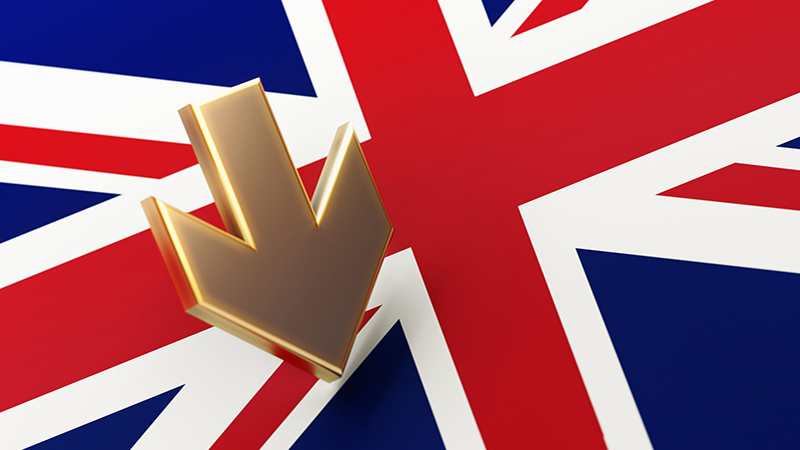Returns on cash are low and have been low for as long as credit has had to be unwound – UK base rates have been at 0.5% since March 2009 – and as long as those returns are lower than inflation then investors’ capital will continue to be eroded in real terms.
From The Avengers…
As a reminder, the lowest consumer price inflation has been since March 2009 is 1.1% (in September the same year) and the furthest away from inflation is 5.2%, in September last year.
Fund managers who are inclined to keep high cash weightings are those, such as James Thomson who has around 18% in his Rathbone Global Opportunities Fund, looking for specific opportunities. He does not feel the need to invest for the sake of it and, much to the chagrin of some with money in his fund he is more than content to play the long-term game and wait for those opportunities to appear.
But what options are there for UK investors who want to make better use of their cash allocations?
To make money through currency investing, there are some gains to be made in their relative trade-off, with attention focussed mainly on sterling, the euro and US dollar as well as the carry-trade favourite, the Japanese yen.
Borrowing in one currency and investing in others, with being long the Australian dollar and short the yen, is one popular choice. Investors benefit from the relative interest rate position, with the Reserve Bank of Australia holding rates at 3.5% – which is 3.5% higher than the rate in Japan.
Newscape Capital has just launched a fund that deliberately plays on the currencies and interest rates of the OECD countries, targeting a punchy return of between 12% and 15%.
The fund’s lead manager, CIO Philippe Bonnefoy, suggests that this Australian dollar (or Canadian dollar/yen for the commodity believers) is a proxy for global growth and trade with China now that the latter’s new rulers are in place and unlikely to introduce any great policy changes.
…to The Professionals
Another trade, the US dollar/yen is, according to Bonnefoy, “interesting”.
It was at 76.03 in February, climbing to 84.18 in March; it is now moving upwards at 82.12 so any continued climb towards and north of 84 will depend purely on generating enough momentum in the face of uncertainties in the US around the fiscal cliff and any possible disorderly dollar self-off.
Closer to home and any trade involving the euro is only going to be useful if the euro is on the short side of the deal but even then there are too many uncertainties to make it anything other than a tactical trade rather than a longer-term investment.
The yen carry trade is still not as popular as it was back in 2007 when as much as $1trn was invested; the concept of carry trades were also weakened by the Icelandic financial crisis a year later that had its roots in poorly thought-through trades.
Today, there may be short-term tactical opportunities available but currency trades remain just that – a trade not an investment and best left to the professionals. But then again there are professionals out there offering a 12% return on currency and interest rate plays…










